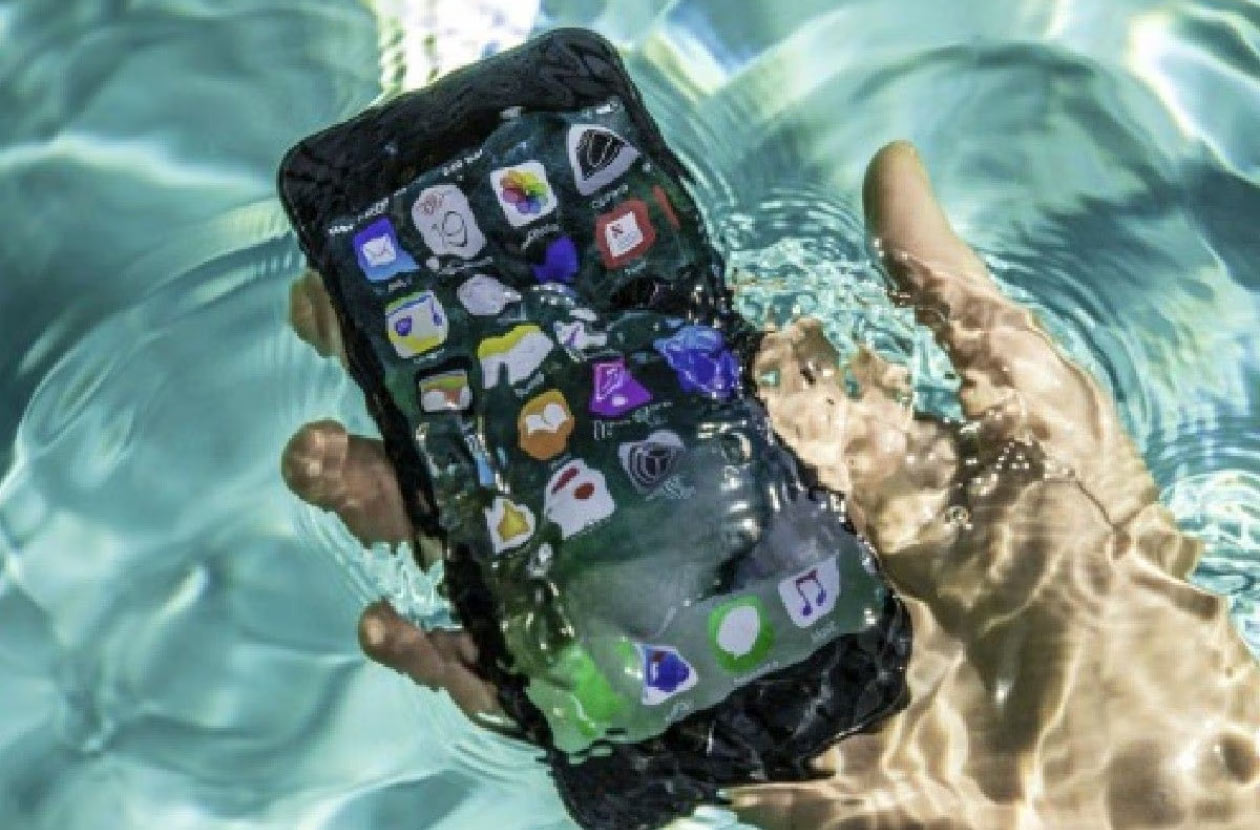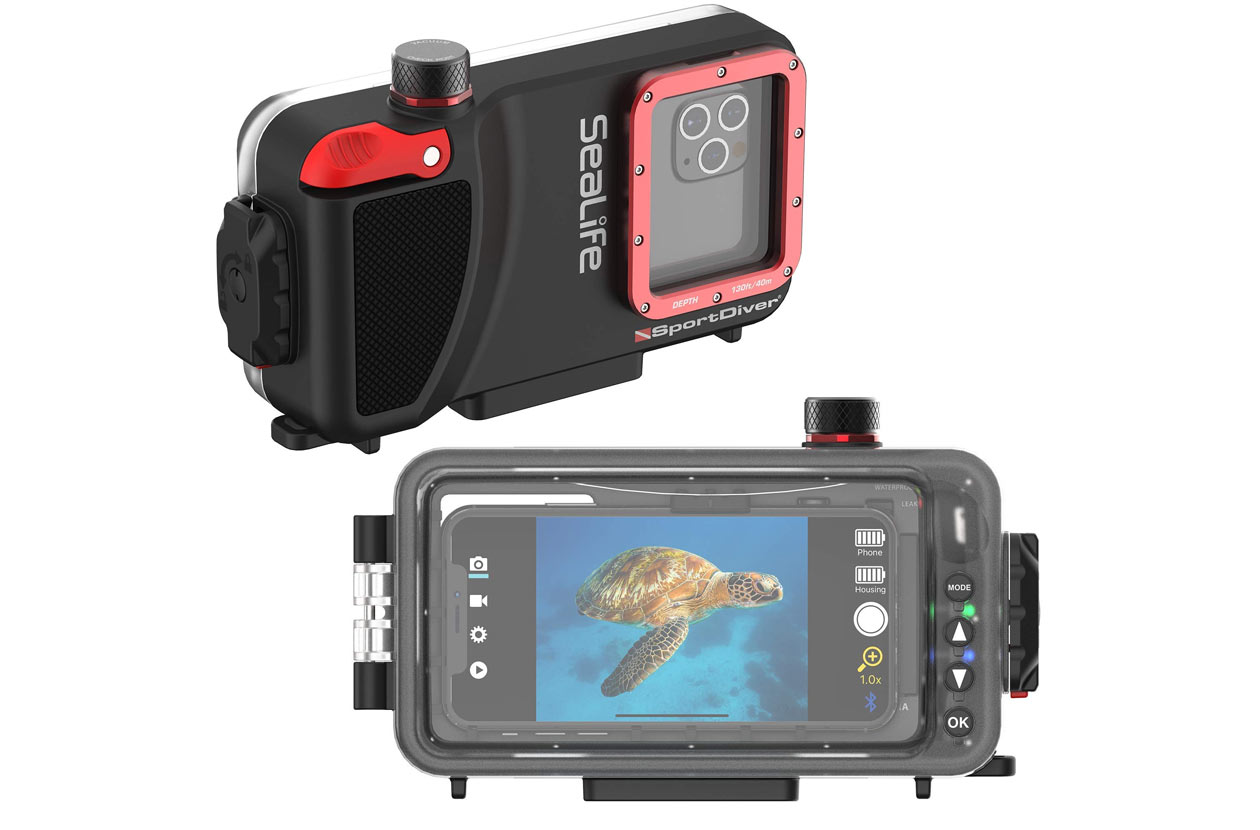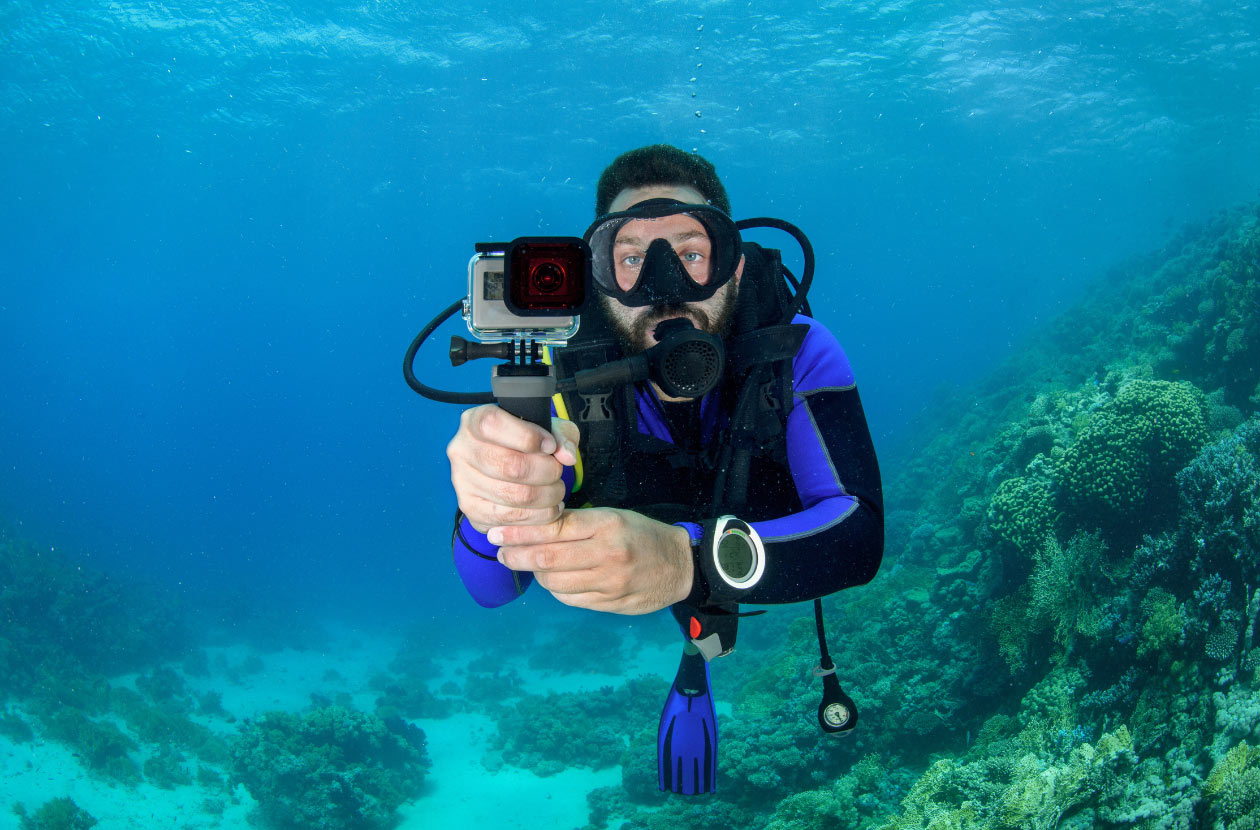In today’s digital age, it’s common for people to rely on their smartphones for various purposes, even during recreational activities like snorkeling or even scuba diving. However, when it comes to bringing your phone underwater, there are several important factors to consider. In this article, we will explore the tips and considerations for bringing your phone underwater and help you make informed decisions about its usage in aquatic environments.
Bringing Your Phone Underwater
Before submerging your phone, it’s crucial to understand the difference between waterproof and water-resistant. Some smartphones are explicitly designed to be waterproof, meaning they can be submerged in water without damage. On the other hand, water-resistant phones can withstand limited exposure to water but may not be suitable for extended underwater use. Check your phone’s specifications or consult the manufacturer to determine its water resistance capabilities.
What is the IP water-resistance rating?
Many smartphone models claim to have water-resistant features and often display their IP (Ingress Protection) ratings. These ratings provide information about the device’s level of water resistance in terms of water depth and duration of submersion without causing damage. The most common IP ratings for smartphones are IP67 and IP68. A device with an IP67 rating is fully protected against dust and can withstand being submerged in water up to one meter deep for a maximum of 30 minutes. On the other hand, devices with an IP68 rating can safely handle submersion in water up to two meters deep for the same duration.

However, it’s important to exercise practicality and not solely rely on the IP rating. It is advisable to use a protective pouch or case when exposing your phone to water. While the IP rating provides a certain level of protection, it doesn’t guarantee complete immunity to liquid damage. It’s worth noting that most phone manufacturers do not cover water damage under warranty, so taking precautions is essential to avoid potential issues. In summary, an IP water-resistance rating indicates the level of protection a device offers against water and dust. However, it is always prudent to take extra care and use additional protective measures when exposing your phone to water to minimize the risk of damage.
Waterproof Cases and Pouches
If your phone is not inherently waterproof or water-resistant, using a dedicated waterproof case or pouch is a practical solution. These protective accessories provide an additional layer of security, safeguarding your phone against water damage. Waterproof cases are designed to seal tightly around your device, providing full protection while allowing you to access essential functions like touchscreen and camera controls. Waterproof pouches, on the other hand, offer a more affordable and versatile option, accommodating various phone sizes and providing reliable water protection. However, they will only be suitable for snorkeling or playing on the surface. For diving, however, it will be not enough.

Over the past few months, I have noticed that many of our customers are using a very interesting underwater cell phone case. The manufacturer is SeaLife, and frankly I have been very positively surprised by the quality of construction. I also have evidence from several customers who have risked their Iphones, but returned to the surface with undamaged equipment and very nice photos. Definitely an option to think about.
Testing Before Diving
Before taking your phone underwater, it’s essential to perform a test to ensure the waterproof capabilities of your phone or its protective case/pouch. Follow the manufacturer’s instructions for conducting a water test, which typically involve submerging the phone (without valuable contents) for a specified duration. If any water leakage is detected, do not proceed with using your phone underwater, as it may result in irreparable damage.
Consider Depth and Pressure
When using your phone underwater, consider the depth and pressure limitations. The water resistance of your phone or its protective case/pouch may vary based on the manufacturer’s specifications. It’s important to adhere to these guidelines to avoid compromising the integrity of your device. Exceeding the recommended depth or exposing your phone to excessive pressure can lead to water seepage and potential damage.

Underwater Photography and Videography
One of the primary reasons people bring their phones underwater is to capture memorable moments through photography or videography. While modern smartphones offer impressive camera capabilities, it’s essential to exercise caution and follow best practices for underwater imaging. Ensure your phone is securely enclosed in a waterproof case or pouch specifically designed for photography/videography. Familiarize yourself with the controls and settings needed to capture clear and vibrant underwater images. Additionally, be mindful of the lighting conditions and consider using external lighting attachments for better results.
Rinse and Dry Thoroughly
After each underwater use, it’s crucial to rinse your phone with fresh water to remove any saltwater or chlorine residue. This step helps prevent corrosion and damage to the internal components. Ensure all ports and openings are thoroughly dried before opening the protective case or pouch. Moisture trapped inside can lead to malfunctions or water damage, even if your phone is water-resistant.
Risk and Responsibility
Bringing your phone underwater always carries some level of risk. Despite taking precautions, there is still a possibility of water damage or equipment failure. It’s essential to understand and accept these risks before deciding to use your phone underwater. Consider the value of your device, the importance of its functionality, and your willingness to take on the associated risks. Therefore, you may want to think about dedicated solutions for underwater photography. After all, you wouldn’t want to be left without a phone while on vacation, would you?

Other options than the phone underwater
Taking your phone underwater may be a good option, but you’ll be left with nothing if it fails. So why not buy some underwater or general sports camera that will do the job? Today’s technology of GoPro-style or other sports cameras is high enough. Also, usually the price of these cameras, even the latest generation, is much lower than a new phone… I have already covered the topic of the best cheap underwater cameras in another text on our blog, so you may find it useful.
I can also tell you from experience that, unfortunately, it is surprisingly common for clients to lose their camera or even their phone during our dive trips. That’s why I think a separate piece of equipment for fun in the water is definitely a better idea. If you don’t want to buy and travel with a separate camera, you can look for places where you can rent a GoPro. That way you don’t risk losing or damaging your phone.
Bringing Your Phone Underwater – let’s recap
In conclusion, bringing your phone underwater can be a convenient way to capture memories and stay connected in aquatic environments. However, it requires careful consideration and adherence to proper precautions. Whether through a waterproof phone, a dedicated protective case, or a waterproof pouch, ensuring the water resistance of your device is crucial. Additionally, understanding depth and pressure limitations, practicing safe underwater photography techniques, and properly rinsing and drying your phone are essential steps to protect it from potential damage. By being responsible and informed, you can enjoy the benefits of having your phone with you underwater while minimizing the risks involved.


